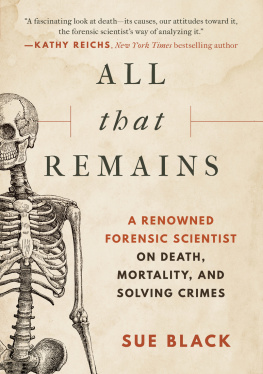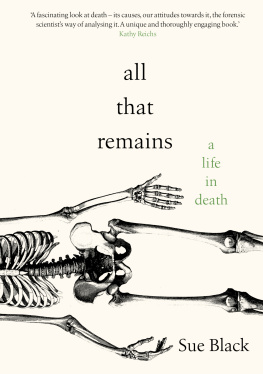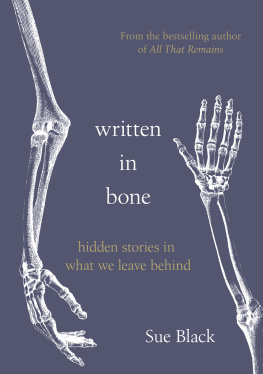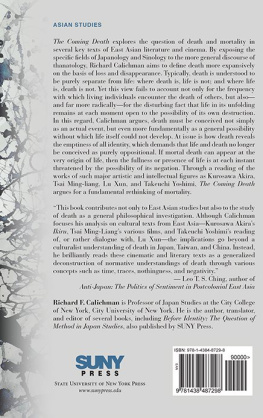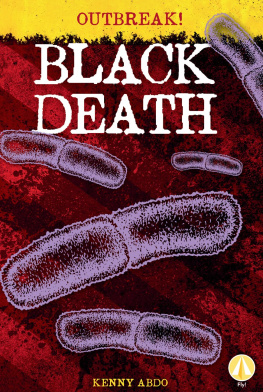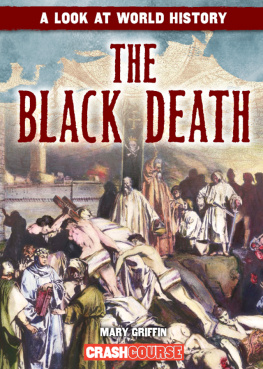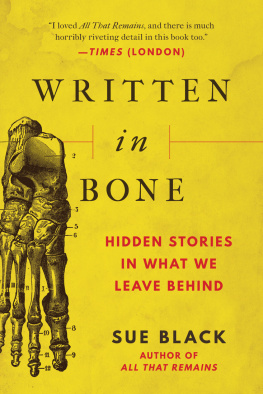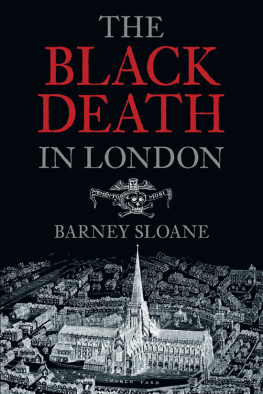Copyright 2018 by Professor Dame Sue Black
All rights reserved. No part of this book may be reproduced in any manner without the express written consent of the publisher, except in the case of brief excerpts in critical reviews or articles. All inquiries should be addressed to Arcade Publishing, 307 West 36th Street, 11th Floor, New York, NY 10018.
First North American Edition 2019
First published in Great Britain by Doubleday, an imprint of Transworld Publishers.
Arcade Publishing books may be purchased in bulk at special discounts for sales promotion, corporate gifts, fund-raising, or educational purposes. Special editions can also be created to specifications. For details, contact the Special Sales Department, Arcade Publishing, 307 West 36th Street, 11th Floor, New York, NY 10018 or .
Arcade Publishing is a registered trademark of Skyhorse Publishing, Inc., a Delaware corporation.
Visit our website at www.arcadepub.com.
10 9 8 7 6 5 4 3 2 1
Library of Congress Cataloging-in-Publication Data is available on file.
Library of Congress Control Number: 2018965129
Cover design by Erin Seaward Hiatt
ISBN: 978-1-94892-427-6
Ebook ISBN: 978-1-94892-429-0
Printed in the United States of America
For Tom, for ever my love and my life.
And for Beth, Grace and Anna each is my favourite daughter.
Thank you all for making every moment of my life worthwhile.
CONTENTS
Introduction
Death is not the greatest loss in life.
The greatest loss is what dies inside us while we live
Norman Cousins political journalist (19151990)

Me at about two years of age.
D eath and the hyped-up circus that surrounds her are perhaps more laden with clichs than almost any other aspect of human existence. She is personified as sinister, as a harbinger of pain and unhappiness; a predator who haunts and hunts from the shadows, a dangerous thief in the night. We give her ominous and cruel nicknames the Grim Reaper, the Great Leveller, the Dark Angel, the Pale Rider and portray her as a gaunt skeleton in a dark, hooded cloak wielding a deadly scythe, destined to separate our soul from our body with one lethal swipe. Sometimes she is a black, feathered spectre that hovers menacingly over us, her cowering victims. And, despite being feminine in many languages where nouns have genders (including Latin, French, Spanish, Italian, Polish, Lithuanian and Norse), she is often none the less depicted as a man.
It is easier to treat death unkindly because in the modern world she has become a hostile stranger. For all the progress humanity has made, we are little closer to deciphering the complex bonds between life and death than we were hundreds of years ago. Indeed, in some respects, we are perhaps further away than ever before from understanding her. We seem to have forgotten who death is, what her purpose is, and, where our ancestors perhaps considered her a friend, we choose to treat her as an unwelcome and devilish adversary to be avoided or bested for as long as possible.
Our default position is either to vilify or to deify death, sometimes vacillating between the two. Either way, we prefer not to mention her if we can help it in case it encourages her to come too close. Life is light, good and happy; death is dark, bad and sad. Good and evil, reward and punishment, heaven and hell, black and white our Linnaean tendencies lead us to neatly categorise life and death as opposites, giving us the comforting illusion of an unambiguous sense of right and wrong that perhaps unfairly banishes death to the dark side.
As a result we have come to dread her presence as if she were somehow infectious, afraid that if we attract her attention then she might come for us before we are remotely ready to stop living. We may conceal our fear by putting on a show of bravado or poking fun at her in the hope of anaesthetising ourselves to her sting. We know, though, that we will not be laughing when we reach the top of her list and she does finally call out our name. So we learn at a very early age to be hypocritical about her, ridiculing her with one turn of the face and then becoming deeply reverential with another. We learn a new language to try to blunt her sharp edges and dull the pain. We talk about losing someone, whisper of their passing and, in sombre respectful tones, we commiserate with others when a loved one has gone.
I didnt lose my father I know exactly where he is. He is buried at the top of Tomnahurich Cemetery in Inverness, in a lovely wooden box provided by Bill Fraser, the family funeral director, of which he might have approved, although he would probably have thought it too expensive. We put him in a hole in the ground on top of the disintegrating coffins of his mother and father, neither of which will now hold more than their bones and the few teeth they still had when they died. He has not passed, he is not gone, he is not lost: he is dead. Indeed, he better not have gone anywhere that would be most troublesome and inconsiderate of him. His life is extinct, and none of the euphemistic rhetoric in the world will ever bring it, or him, back.
As the product of a strict, no-nonsense, Scottish Presbyterian family where a spade was called a shovel and empathy and sentimentality were often viewed as weaknesses, I like to think my upbringing has made me pragmatic and thick-skinned, a coper and a realist. When it comes to matters of life and death I harbour no misconceptions and in discussing them I try to be honest and truthful, but that does not mean I dont care, and it doesnt make me immune to pain and grief or unsympathetic to that of others. What I do not have is a maudlin sentimentality about death and the dead. As Fiona, our inspirational chaplain at Dundee University, puts it so eloquently, there is no comfort to be had from soft words spoken at a safe distance.
With all our twenty-first-century sophistication, why do we still opt to take cover behind familiar, safe walls of conformity and denial, rather than opening up to the idea that maybe death is not the demon we fear? She does not need to be lurid, brutal or rude. She can be silent, peaceful and merciful. Perhaps the answer is that we dont trust her because we dont choose to get to know her, to take the trouble in the course of our lives to try to understand her. If we did, we might learn to accept her as an integral and fundamentally necessary part of our lifes process.
We view birth as the beginning of life and death as its natural end. But what if death is just the beginning of a different phase of existence? This, of course, is the premise of most religions, which teach that we should not fear death as it is merely the gateway to a better life beyond. Such beliefs have brought solace to many through the ages, and perhaps the vacuum left by the increasing secularisation of our society has contributed to the resurgence of an ancient, instinctive but unsubstantiated aversion to death and all its trappings.
Whatever we believe, life and death are unquestionably in-extricably bound parts of the same continuum. One does not, and cannot, exist without the other and, no matter how much modern medicine strives to intervene, death will ultimately prevail. Since there is no way we can ultimately prevent it, perhaps our time would be better spent focusing on improving and savouring the period between our birth and our death: our life.
Herein lies one of the fundamental differences between forensic pathology and forensic anthropology. Forensic pathology seeks evidence of a cause and manner of death the end of the journey whereas forensic anthropology reconstructs the life led, the journey itself, across the full span of its duration. Our job is to reunite the identity constructed during life with what remains of the corporeal form in death. So forensic pathology and anthropology are partners in death and, of course, in crime.

